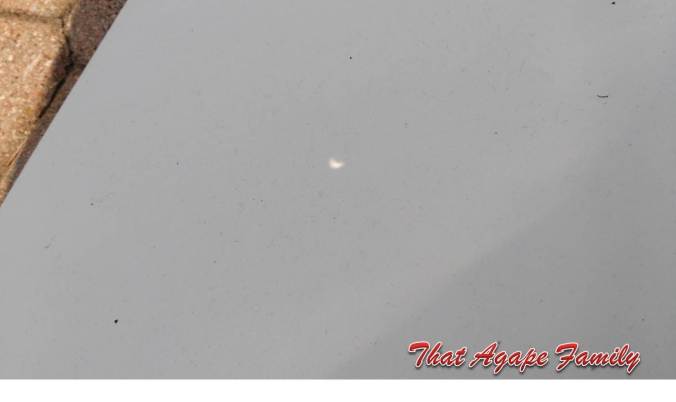My mom is Dutch, so when The Happiest Kids in the World: Bringing up children the Dutch way was recommended on a Scary Mommy blog about raising a “wild child”, I chose to reserve myself a copy, along with all the others on the list.

The premise behind the book is that Dutch children continuously rate themselves to be the happiest children in the world. This book delves into the whys and hows these children have found contentment.
Overall, I really enjoyed this book. It is written by two ex-pat moms who married Dutch men. Seeing as my mom is Dutch, I really enjoyed some of the stories, and felt almost at home reading about Holland in this light. In particular, I appreciated the reassuring comments about being comfortable with being normal (not striving to always be the best at everything). Even my oldest daughter’s beautifully simple birthday party has been inspired by this book (well, it will be when it happens in a couple of weeks).
The authors comment on the need for children to develop independence, and be given the opportunity to do so. Also, not constantly forcing your child ahead of their peers, instead allowing them to grow at their own pace. Remember: you can’t force a flower to open, it will bloom in its own time.
That being said (written?), I didn’t like the portion discussing controlled crying, simply because I don’t agree with it. I’m in no way an advocate of the Cry It Out method, and I am the first to encourage more gentle methods. One of the authors mentions that her sister-in-law (I believe) had her child sleeping through the night by 3 months by allowing him to Cry It Out (CIO). At the very least, children at this age still need nourishment throughout the night, and even proponents of the CIO method say that it should not be used before 6 months. A new parent could believe that sleeping through the night should be the norm, when it is not, and may become frustrated, along with their child, when they simply aren’t biologically ready to do so.
Lastly, I wasn’t comfortable with the incredibly liberal take on sex (at a Children’s museum in Holland, they have a mock “adult store” section, will a full “display” for older children to peruse), but I know that the Dutch are incredibly liberal, so this didn’t shock me.
So, if you’re looking for a refreshing read on how the Dutch have raised “the happiest children in the world”, and you’re willing to take a step back from the rush of our North American society and critically assess how we might actually do things counter culturally to the benefit of our children, then I think you’d really enjoy this book.
Blessings,
Liz























